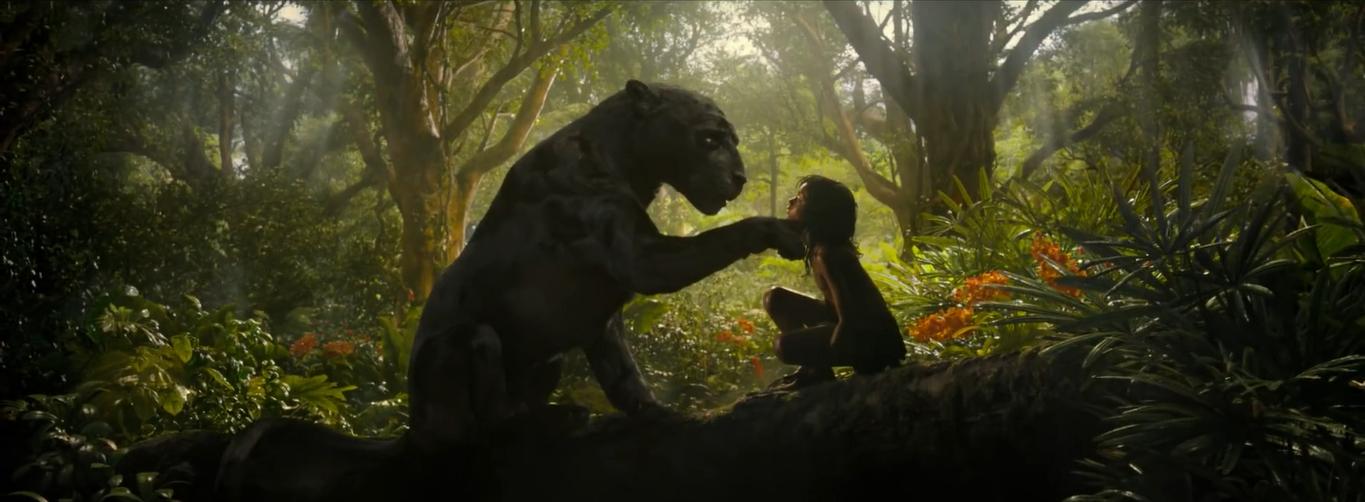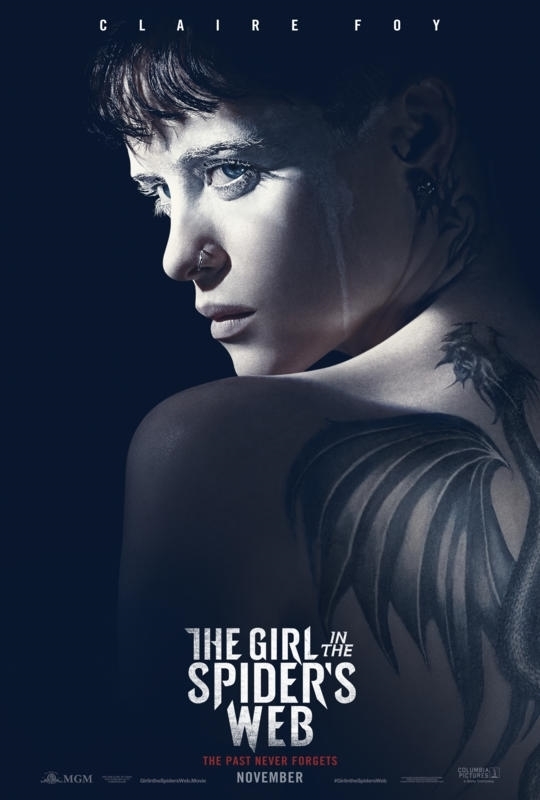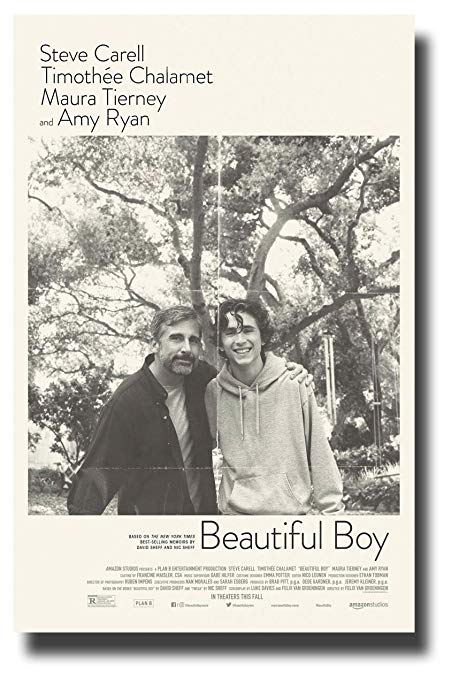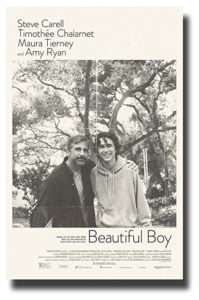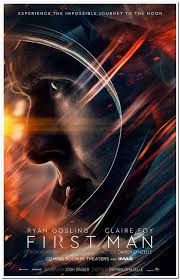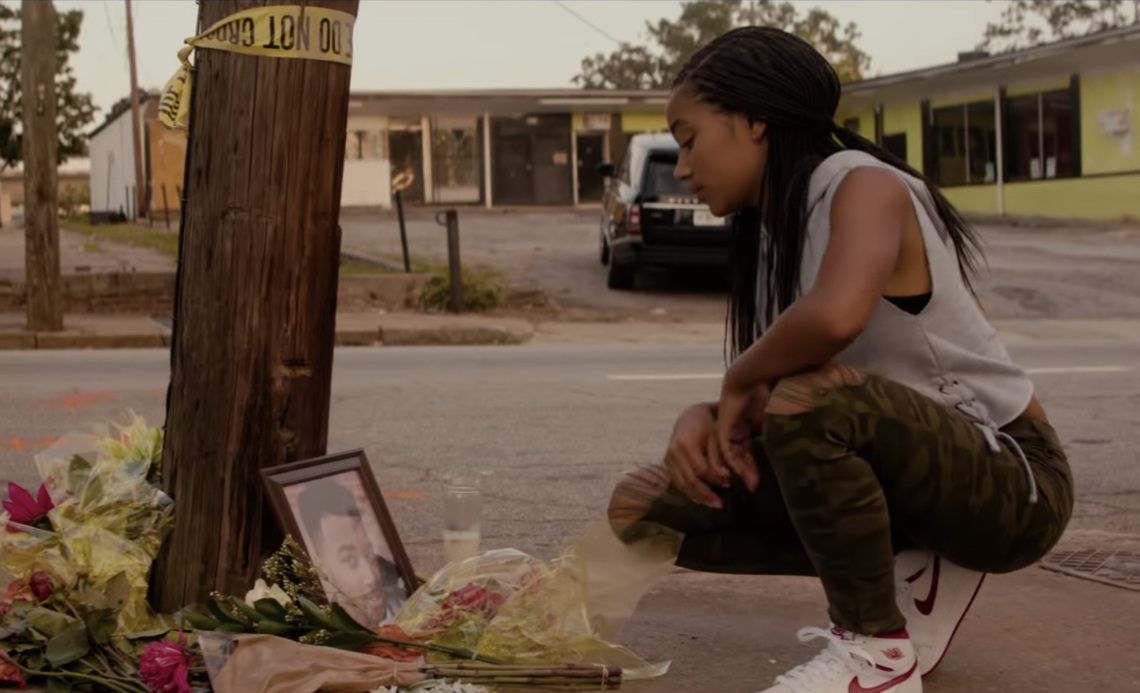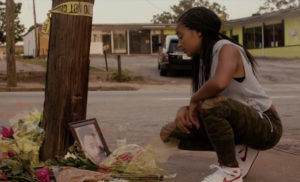Mowgli: Legend of the Jungle
Posted on November 29, 2018 at 5:25 pm
B-| Lowest Recommended Age: | Middle School |
| MPAA Rating: | Rated PG-13 for intense sequences of action violence including bloody images, and some thematic elements |
| Profanity: | None |
| Alcohol/ Drugs: | Drinking and drunkenness |
| Violence/ Scariness: | Intense peril from animals and human hunter, characters injured and killed, some graphic and disturbing images |
| Diversity Issues: | None |
| Date Released to Theaters: | November 30, 2018 |

“Mowgli: Legend of the Jungle” is not the “Bear Necessities” Disney version of Rudyard Kipling’s story about the boy raised by wolves and befriended by a cuddly bear and an elegant panther. This is more like Tennyson’s vision of nature as red in tooth and claw. Andy Serkis, master of the art of motion capture acting, has directed this much darker version of the story, with simultaneous release this week in theaters and on Netflix. The motion capture performances are striking. Parents need to know, however, although this is the story of a young boy befriended by talking animals, this is not for young children or for the faint of heart of any age.
Serkis brought along some of his “Hobbit” co-stars, and the movie opens with an introduction from Kaa the snake, voiced by Cate Blanchett telling us that the jungle traditions are being challenged, presumably from the incursion of humans. When a couple are killed by the tiger Shere Kahn (Benedict Cumberbatch), a baby is abandoned. The death of the parents is off-camera, discreetly shown by an overturned, single shoe. But the baby is smeared with blood. Like Harry Potter, he is the Boy Who Lived, and he is special.
A wolf pack wants to adopt the boy they call Mowgli, and that means a meeting of the council of animals. It is agreed that he can stay and we will learn that is only in part because it is in the nature of the wolf mother to feel tenderness toward a helpless baby of any species. While some of the animals fear that keeping Mowgli will bring man into the jungle looking for him, others think that he will help keep them safe from humans. And all of them know that Shere Kahn will be back for Mowgli, and that it will take the full force of the pack to keep him safe.
Mowgli grows up (Rohan Chan), very much at home in the jungle, though painfully aware that he does not have the natural abilities of his wolf brothers. They are being coached by Baloo the bear (Serkis) to pass a racing test to qualify them to become full members of the pack. Mowgli cannot keep up with them if he races on all fours, as they do.
The motion capture work is excellent, as expected from Serkis and the images and camera work are striking, worth seeing on a big screen. But the storyline never fully escapes its colonialist origins. There’s a reason we refer to “the law of the jungle” and no simple way to make that into a workable metaphor about the human world. Think of “The Lion King,” for example (with a live-action version coming next year). It’s fine to sing about the circle of life if you’re at the top of the food chain. Bagheera the panther (Christian Bale) explains to Mowgli that animals who kill must look their prey in the eye as they are dying “so that the soul does not depart alone.” Not much comfort to the departing soul. Mowgli finds appropriate ambivalence in the human world, where the native community has brought in a white hunter (Matthew Rhys) who is kind to Mowgli but will never appreciate the animals like the boy who lived with them. Like the boy himself, the movie is not able to resolve its conflicting dualities.
Parents should know that this film includes animal and human peril and violence, with characters injured and killed, some disturbing and graphic images, guns, fire, animal attacks, sad death of parents (off-screen), drinking and drunkenness.
Family discussion: How are the wolves different from the other animals? What kinds of tests do humans try to pass? Do you agree with Mowgli’s choice about where to live?
If you like this, try: Disney’s animated and live-action “Jungle Book” movies

